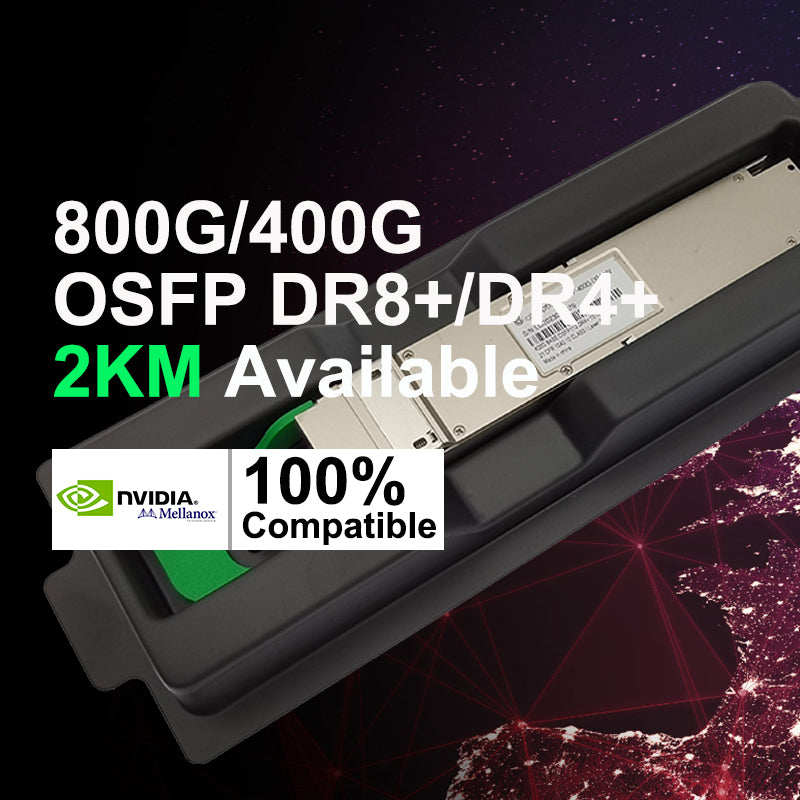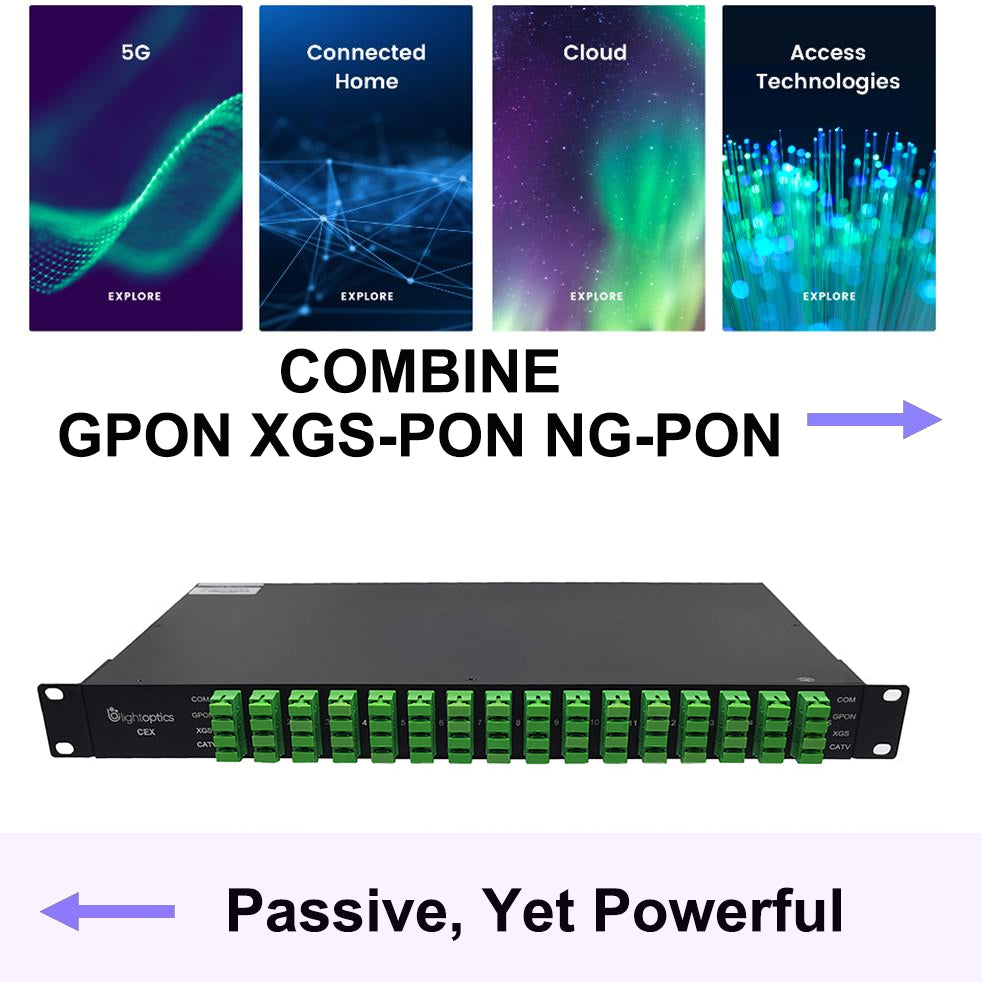What is Fiber to the Home (FTTH)?
What is FTTH Meaning?
Fiber to the home (FTTH) is a fiber optic communication delivery form where the fiber extends from a central office to the boundary of a home living space or business office. Once it reaches the home or business office, the signal is conveyed throughout the space using coaxial cable, wireless, optical fibers or power line communication. FTTH includes various flavors of both PONs and PTP Ethernet-based solutions.Moreover, different to FTTH, Fiber-to-the-node (FTTN) solutions where fibers are not installed all the way to the residential premises are not included in the FTTH segment. FTTN solutions are instead tracked according to the technology used in the last mile (typically VDSL).
With FTTH solutions, the “in-house” connectivity may be based on fiber, coaxial cable, copper or wireless technologies. FTTH covers only the electronics associated with the FTTH rollouts; it excludes associated cabling and civil works.
How can Fibre to the Home (FTTH) be Implemented?
Now that we know how fibre to the home works, let’s dive into FTTH implementation. In broader terms, FTTH can be implemented by two methods:
Active Optical Networks (AONs)
In an FTTH Active network, electrically powered switching equipment is utilized to channel signals to specific users much more directly. Here, a multi-fibre cable from the central office carries multiplexed signals to a local active node. What happens next? Well, as you can imagine, all the customers are fed into by these signals. These signals are then distributed to all the customers. Although it has its benefits, an Active Optical Network is used less than a Passive Optical Network for FTTH. You’ll find the reason for the same in the next point.
Passive Optical Networks (PONs)
The biggest difference between PONs and AONs is that the former uses optical splitters for directing the signal to users instead of electrically powered switching equipment. In this architecture, a bi-directional PON splitter is used. Signals can travel both downstream to the user and upstream to the Central Office from both ends.
As you can imagine, many users can share the same FTTH connection from the point of the splitter. No active components that facilitate optical-electrical-optical conversion are needed in the architecture. This, coupled with significant reduction in the cost of the links due to sharing, thanks to the optical splitter, makes PONs a more cost-effective and high performing option.
Since PONs are the preferred architecture for most FTTH Fibre to the home network, we should also look at their network topology:
- OLT – It stands for Optical Line Terminal. It is essentially an endpoint hardware device that converts standard signals sent by the service provider to the PON architecture’s frequency and framing. It also facilitates multiplexing between the conversion devices on ONTs (optical network terminals) at a customer’s home.
- ONU – It stands for Optical Network Unit. An ONU essentially changes an optical signal from an OFC cable back to an electrical one. As you can imagine, it is installed at the end premises of a user. Interestingly, ONU also optimizesand organizes different user data and transmits it to the OLT.
- ODN – It stands for an optical distribution network, and forms the link between an OLT and an ONU. Its role is to fragment and dispense the PON signal.

Benefits of Using FTTH
The main benefit of fiber to the home is providing faster connection speeds and higher carrying capacity than twisted pair conductors, coaxial cable, or digital subscriber line (DSL). FTTH promises connection speeds of up to 100 megabits per second (Mbps). These speeds are 20 to 100 times as fast as a typical cable modem or DSL (Digital Subscriber Line) connections.
Because of its significantly higher bandwidth, FTTH is considered by experts as the best technology to handle consumer network demands in the coming decades. Some benefits that come with this include:
- Improved performance for high-definition video streaming on applications like YouTube and Roku.
- Allows for multiple upgrades without having to replace the fiber, leading some to call FTTH "future proof." The infrastructure surrounding the fiber can be updated without having to update the fiber itself.
- Higher speeds over longer distances than previous technologies.
- Better than other fiber configurations because fiber connects directly to residences and can complete remaining network segments with Ethernet or coaxial cable.
The biggest downside is cost -- which makes fiber unrealistic for many setups. Implementing FTTH on a large scale would be costly because it requires installation of new cable sets over the "last links" from existing optical fiber cables to individual users.
Conclusion
Today, fibre to the home is now widely accepted as the last mile of internet connectivity to homes. As such, mobile operators and telcos are investing billions of dollars to upgrade existing customer connections to the ‘future’ with the use of Fibre optic cable.This is reflected in the latest forecast by Research and Markets that pegs the FTTH industry to reach US$34.7 billion in value by 2027 at 12.4% CAGR.
Fibre to the Home is indeed the next frontier of how we experience internet at homes and buildings. It already represents a technology leap over traditional modem deployments thanks to its use of near-zero interference Fibre optic technology. But, as the last mile link of superfast interconnectivity for the IoT and 5G era, it is truly opening the doors for intra-home and intra-building innovation beyond tomorrow.
If you want to know more about fiber to the home (FTTH) , kindly contact sales@lightoptics.co.uk for more details.













